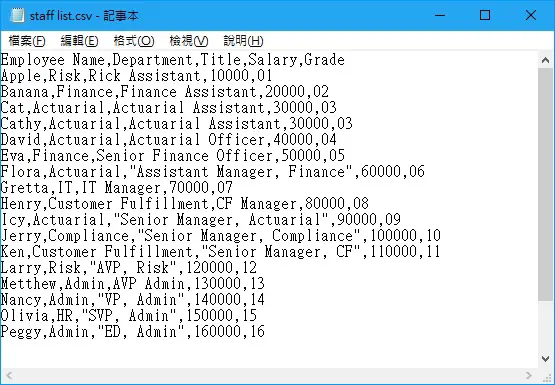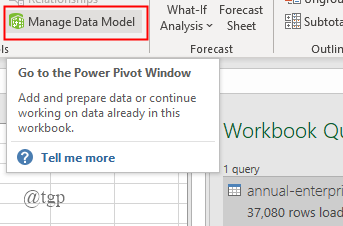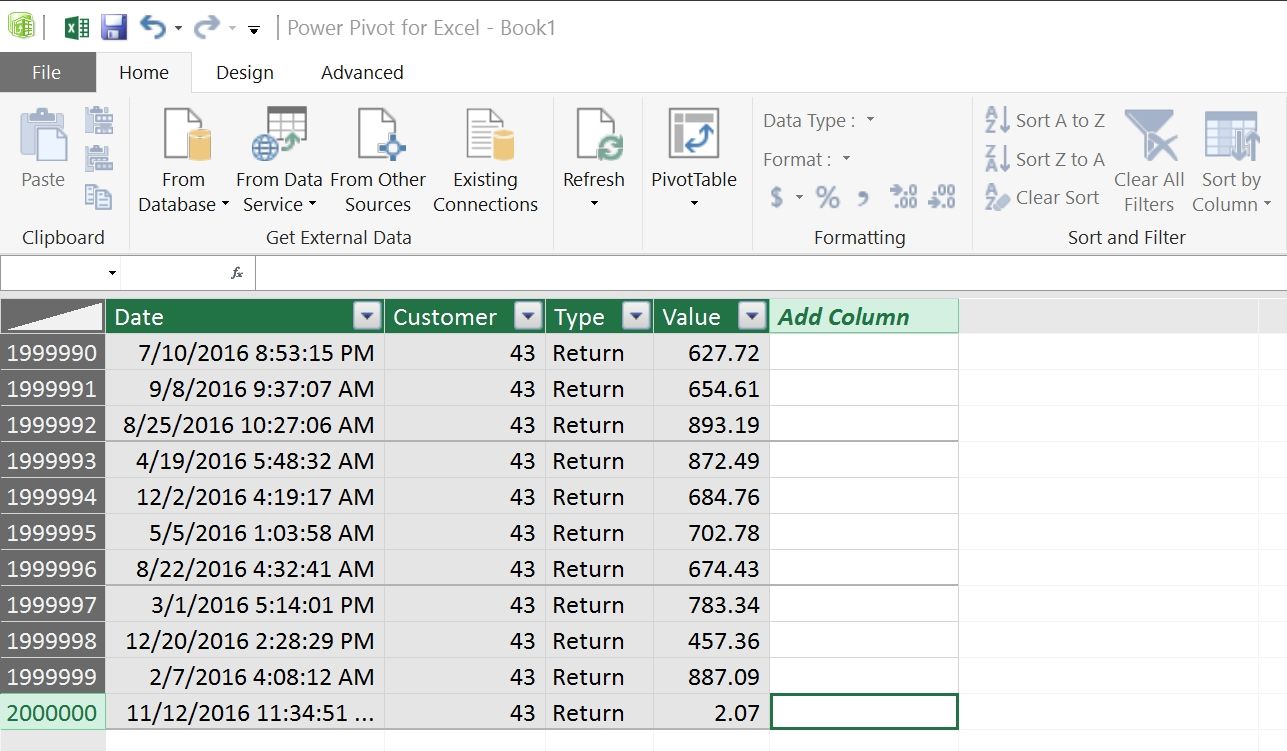

This formula involves nesting SEARCH functions to find the second and third instances of a space (which are at the fifth and eighth positions from the left). The last name starts six characters from the right (K) and ends at the first character from the right (n). The result is the number of characters MID extracts from the text string starting at the sixth position found in step 2. Take the character number of the second space found in step 5 and subtract the character number of the first space found in step 6. Search for the numeric position of space in A2, starting from the first character from the left. This character number is the ending position of the middle name. Search for the second instance of space in A2, starting from the sixth position (S) found in step 4. The result is the character number at which you want to start searching for the second instance of space. (5)Īdd 1 to get the position of the character after the first space (S). Search for the numeric position of the first space in A2, starting from the first character from the left. Use nested SEARCH functions to find the value for num_chars: This numeric position is the starting position of the middle name. (5).Īdd 1 to get the position of the character after the first space (S).

Use the SEARCH function to find the value for start_num: The formula extracts three characters, starting from the sixth position. This formula involves nesting SEARCH functions to find the second instance of a space. The middle name starts at the sixth character position (S), and ends at the eighth position (the second space). The formula extracts the first five characters in A2, starting from the left. The first name starts with the first character from the left (E) and ends at the fifth character (the first space). This example uses a first name, middle initial, and last name. (5)Ĭount the total length of the text string, and then subtract the number of characters to the left of the first space, as found in step 1. Search for the numeric position of the space in A2, starting from the left. Use the SEARCH and LEN functions to find the value for num_chars: The formula extracts five characters in A2, starting from the right. The last name starts at the space, five characters from the right, and ends at the last character on the right (h).

Use the SEARCH function to find the value for num_chars: The formula returns five characters in cell A2, starting from the left. The first name starts with the first character in the string (J) and ends at the fifth character (the space). Hint Before you paste the data into the worksheet, set the column widths of columns A and B to 250. The formula you see on the left will be displayed for reference, while Excel will automatically convert the formula on the right into the appropriate result. A single space separates the two names.Ĭopy the cells in the table and paste into an Excel worksheet at cell A1. This example separates two components: first name and last name. You can also split text into different columns with the Convert Text to Columns Wizard
#Gsplit csv to excel how to
This article shows you how to extract various components from a variety of name formats using these handy functions. Some names in your list may contain a middle name, in which case, the last name begins after the second instance of a space. The positions of the spaces within the text string are also important because they indicate the beginning or end of name components in a string.įor example, in a cell that contains only a first and last name, the last name begins after the first instance of a space.

The key to distributing name components with text functions is the position of each character within a text string. For example, you can distribute the first, middle, and last names from a single cell into three separate columns. You can use the LEFT, MID, RIGHT, SEARCH, and LEN text functions to manipulate strings of text in your data.
#Gsplit csv to excel for mac
Excel for Microsoft 365 Excel for Microsoft 365 for Mac Excel for the web Excel 2021 Excel 2021 for Mac Excel 2019 Excel 2019 for Mac Excel 2016 Excel 2016 for Mac Excel 2013 Excel Web App Excel 2010 Excel 2007 Excel for Mac 2011 More.


 0 kommentar(er)
0 kommentar(er)
